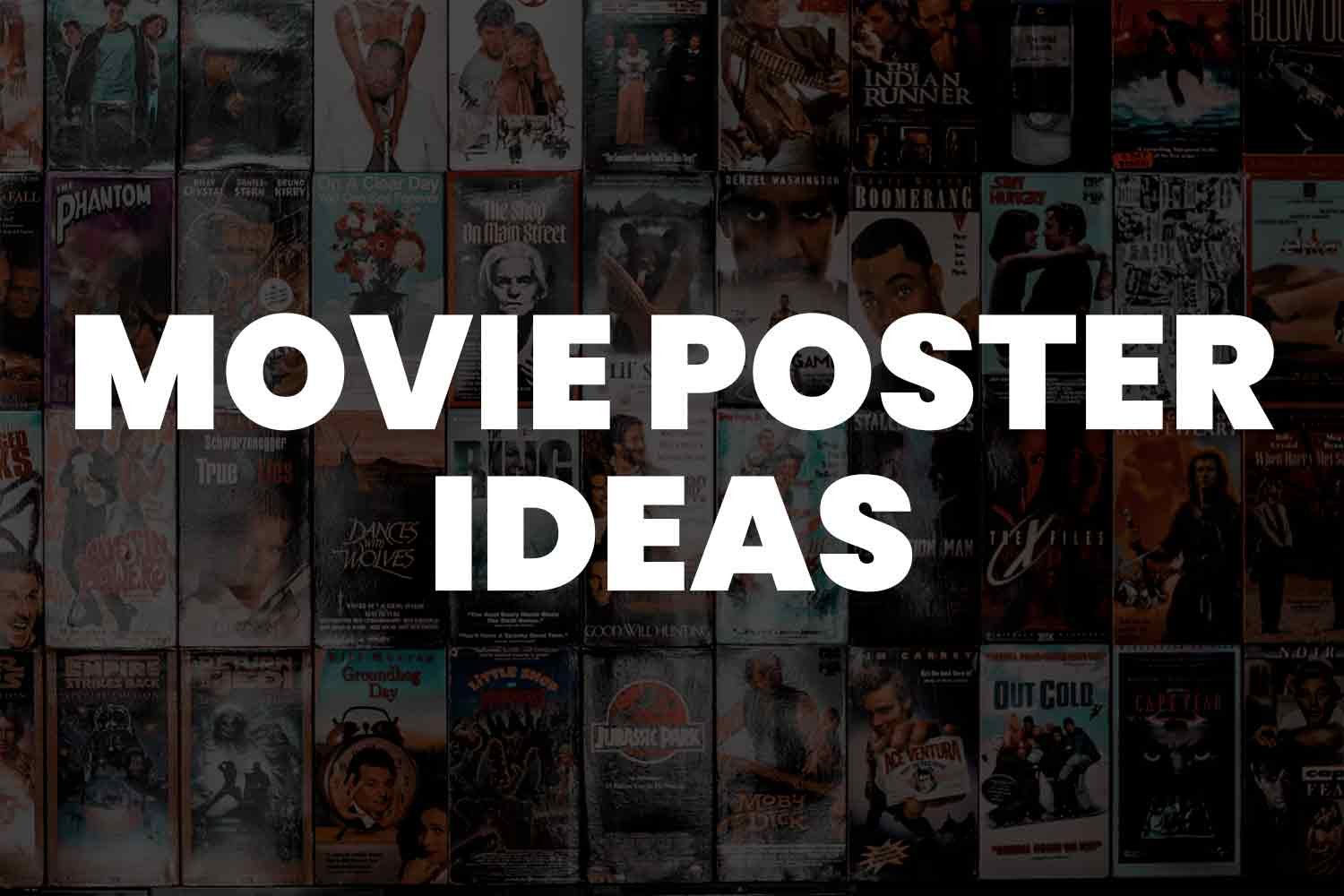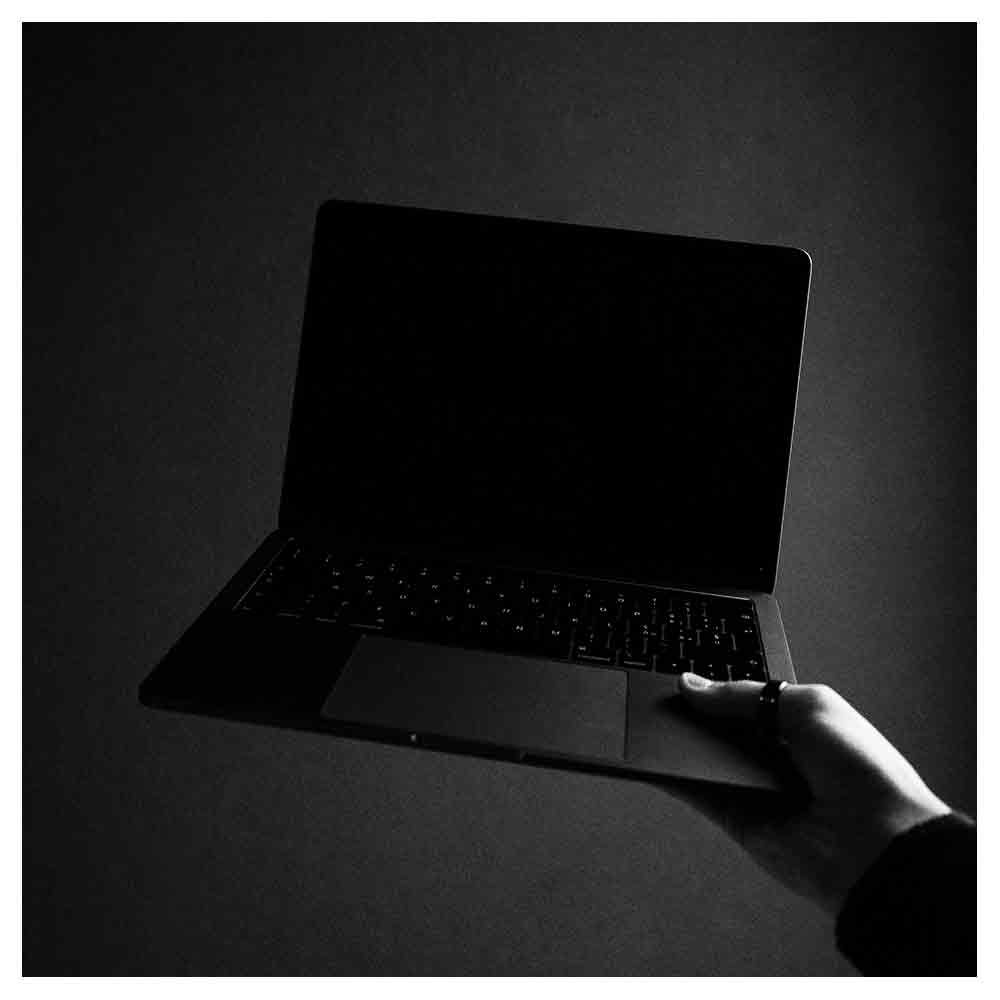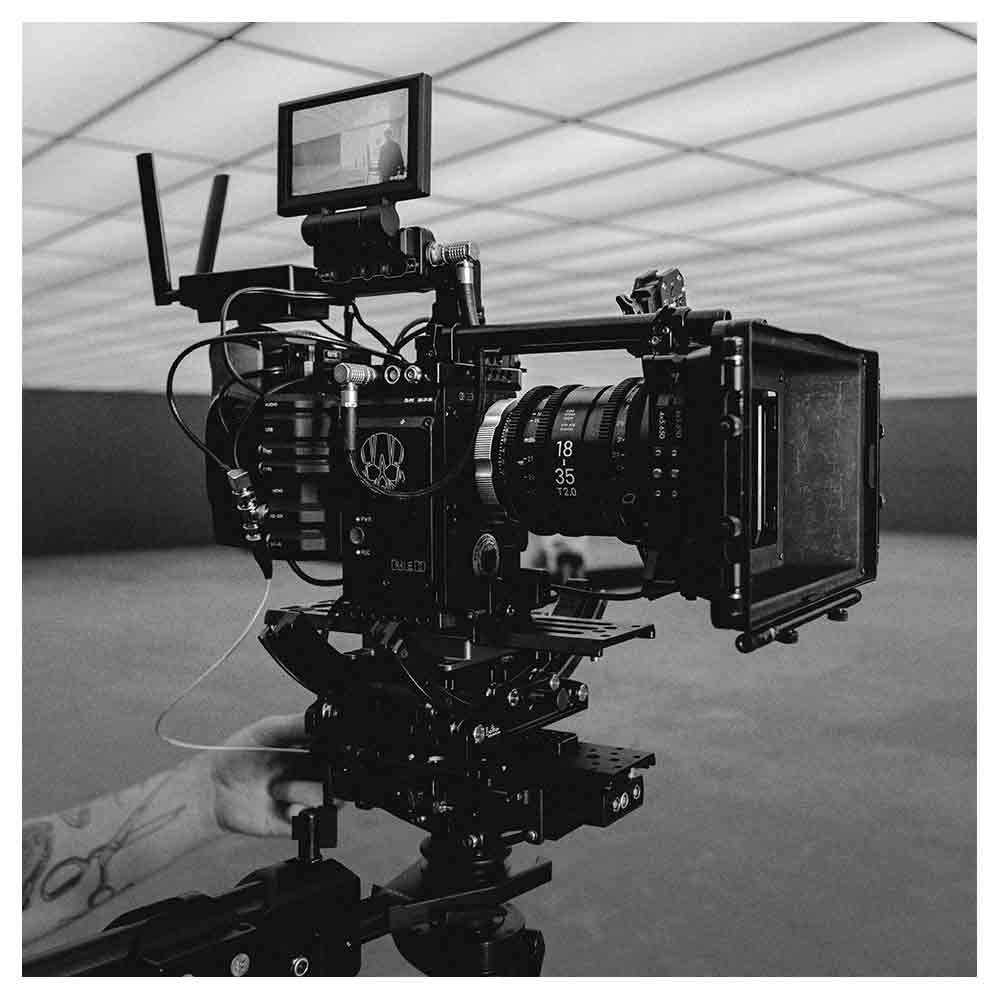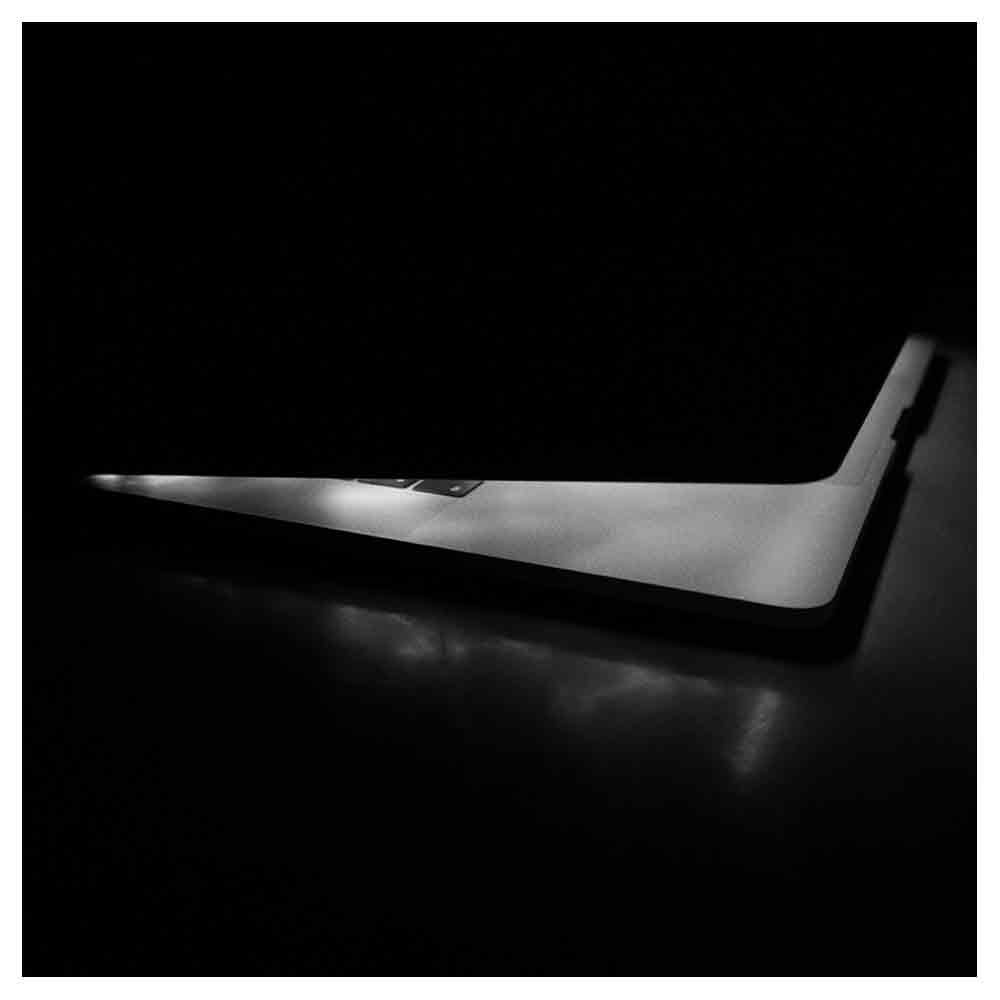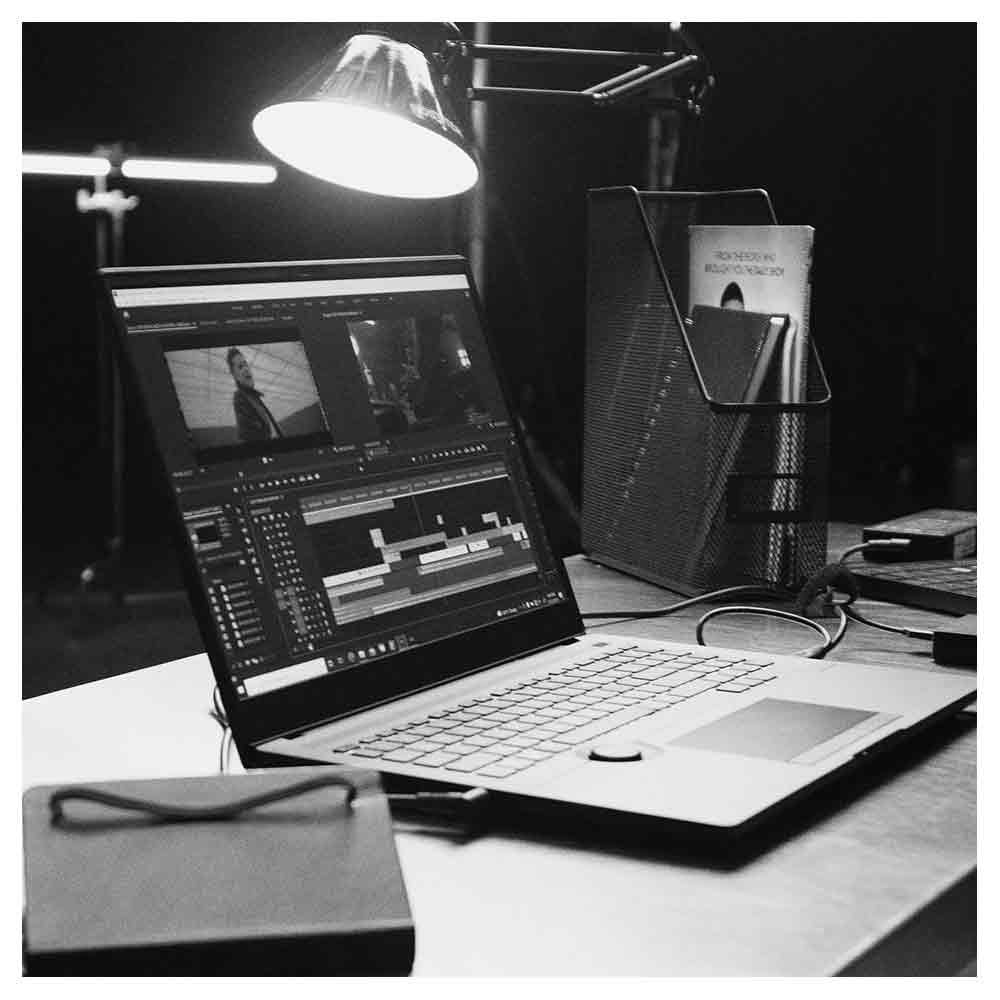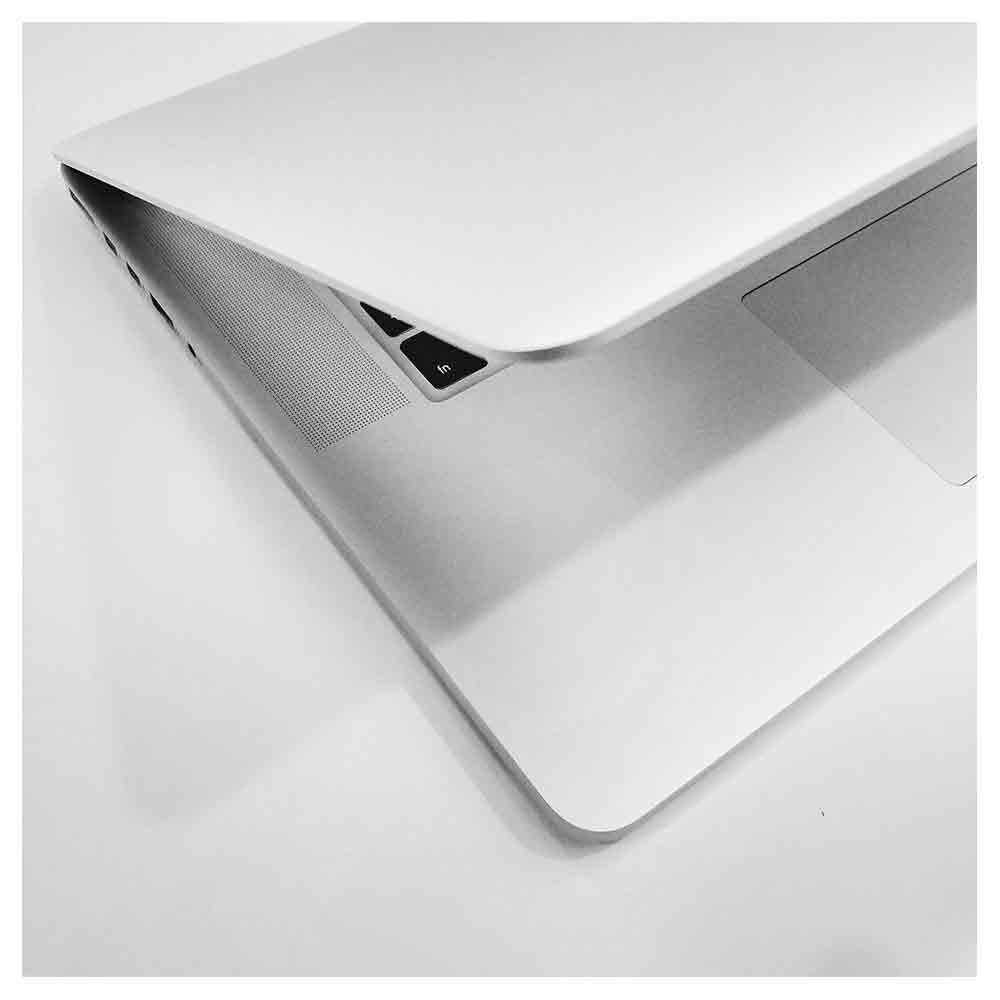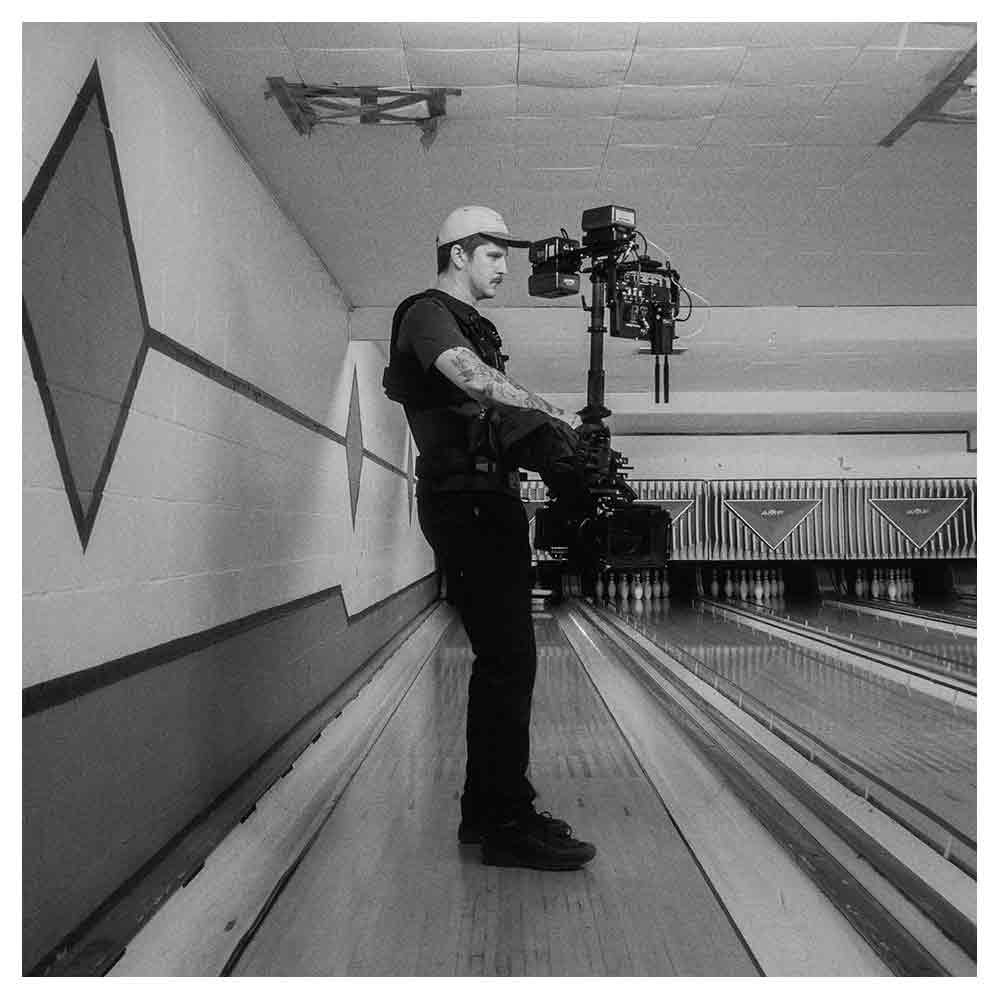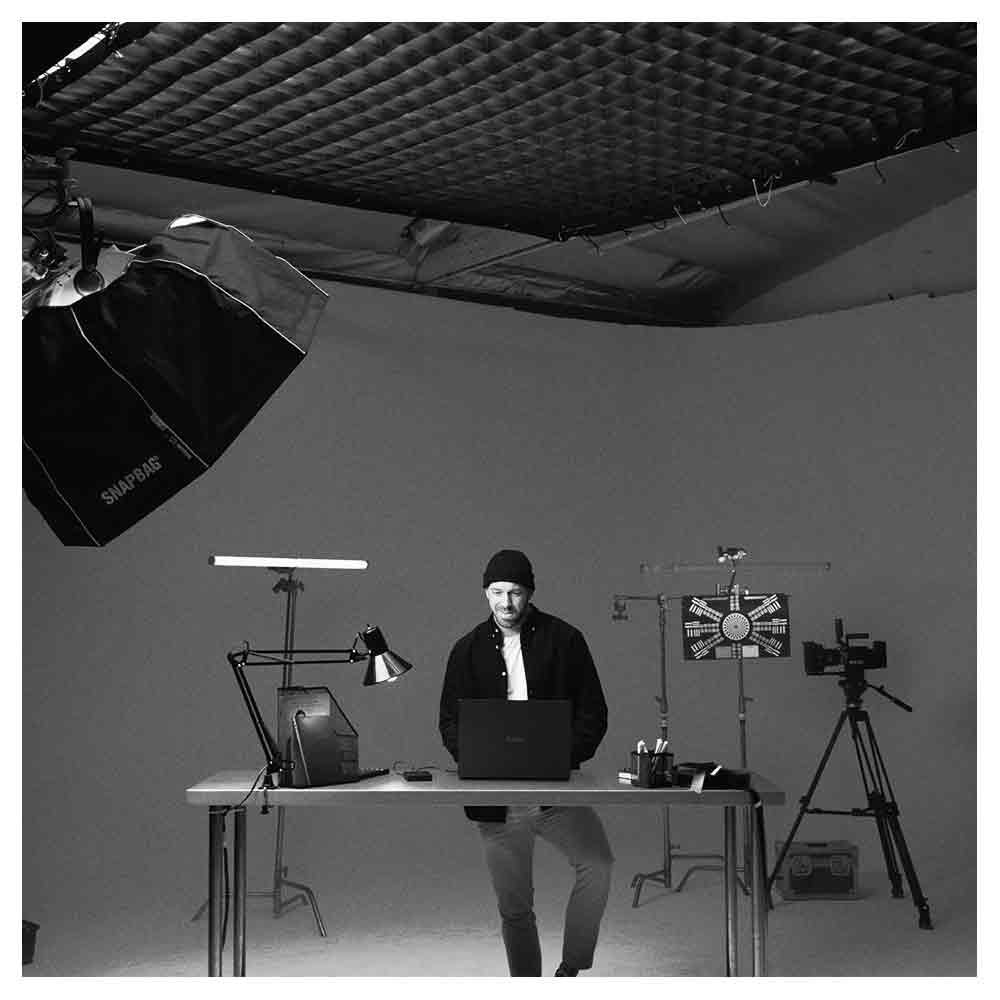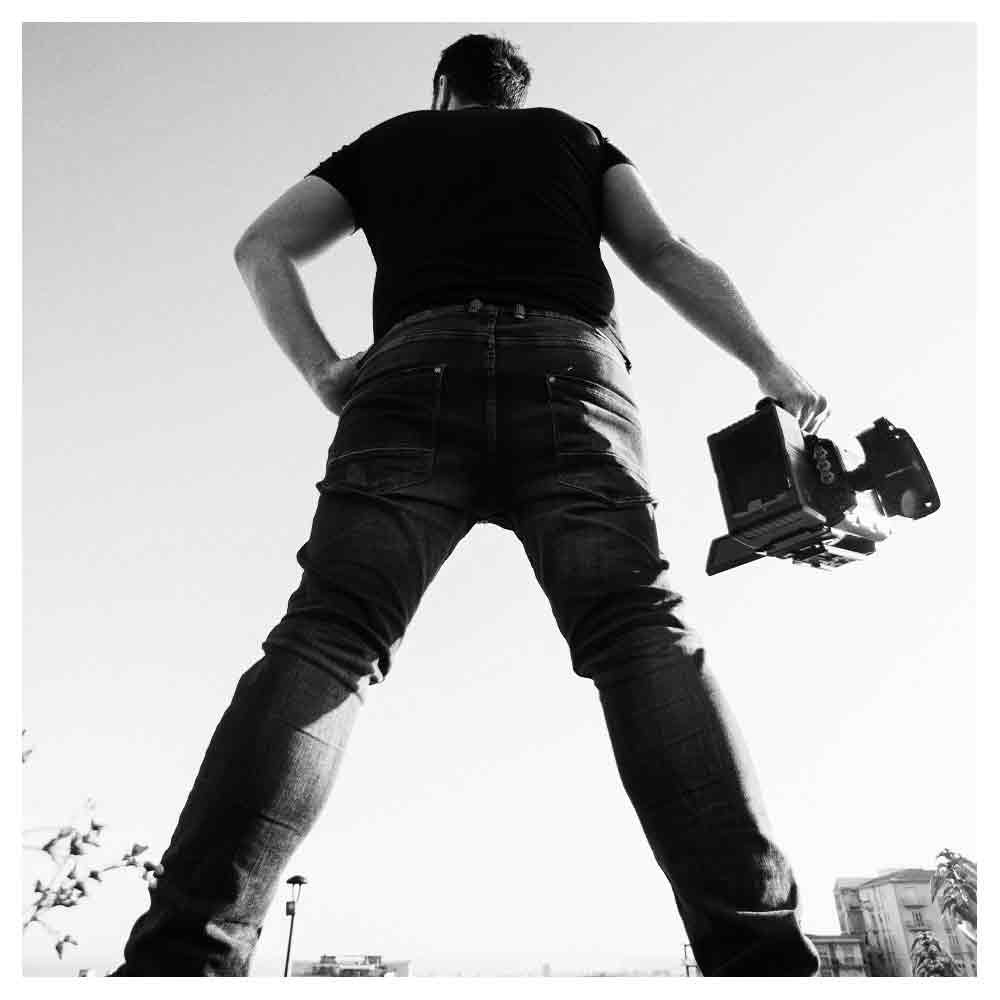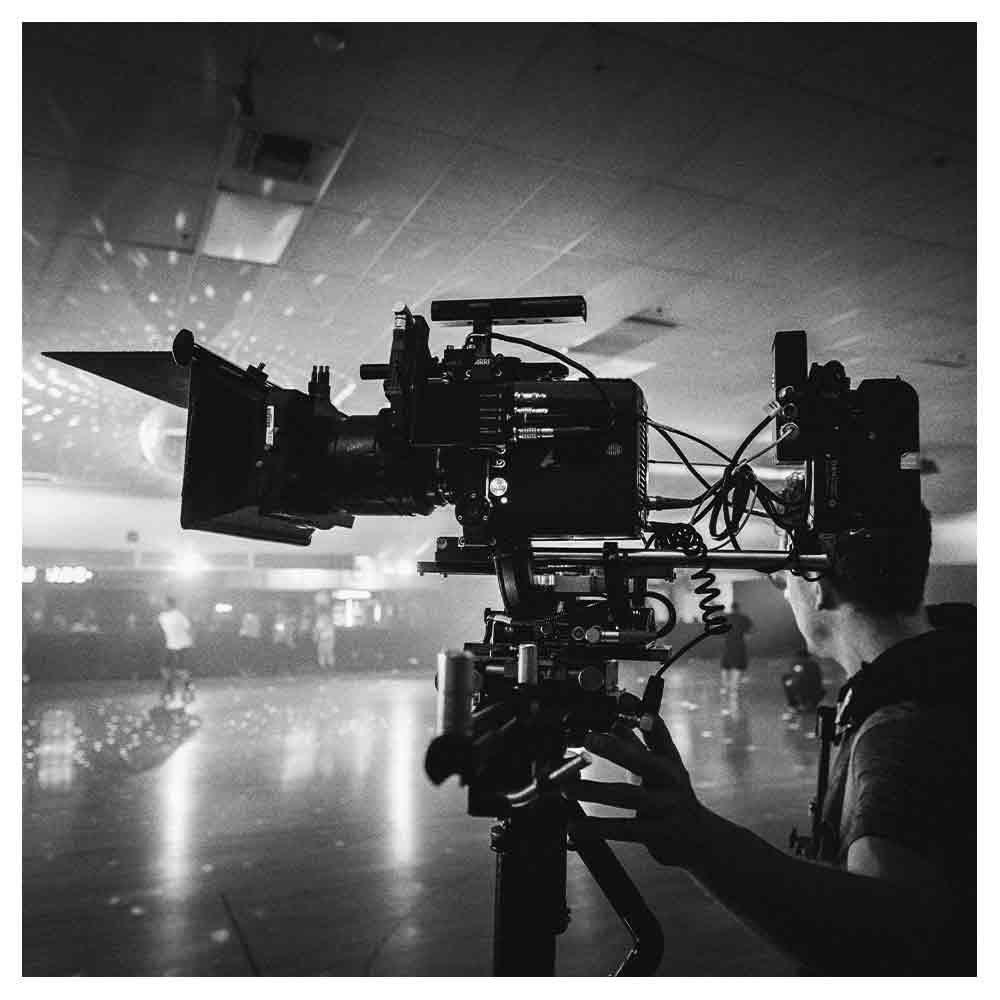101 movie poster ideas to help you sell your film ideas
Have you ever wondered how to make your film idea stand out in a sea of cinematic creativity? What if the secret lies in a captivating movie poster that tells a story as compelling as the film itself?
Imagine a poster that captures your movie's essence, mystery, and allure, compelling viewers to delve deeper and anticipate the world you’ve created.
Dive into this treasure chest of 101 movie poster ideas that are visually stunning and powerful storytellers, making your film irresistible to producers and audiences alike.
A long list of movie poster ideas
1. Whispers of the Galaxy: Create a universe with swirls of muted colors, planets as whispers, and stars as soft echoes.
2. Techno Shadows: Incorporate shadows and silhouettes made of circuitry and binary codes for a tech-thriller poster.
3. Kaleidoscope Eyes: Use psychedelic, kaleidoscopic patterns in the eyes of the main character.
4. Nature’s Veins: Depict nature elements as the veins and arteries of characters, showcasing interconnectedness.
5. Time Warp: Use melting clocks and distorted space to convey a sense of manipulated time or time travel.
6. Grunge Echoes: Incorporate grunge textures and rugged lines, perfect for dystopian or rebel-themed movies.
7. Puppeteer’s Game: Show main characters as puppets manipulated by an unseen force, reflecting control and manipulation.
8. Aqua Aura: Create a poster submerged in water, where the characters and titles ripple and flow.
9. Invisible Threads: Utilize thin, almost invisible threads connecting characters or objects, symbolizing unseen connections.
10. Golden Age Glamour: Mimic the style of the 1920s with gold accents and art deco patterns for a vintage appeal.
11. Mosaic Magic: A poster made up of small, meaningful images or icons that are symbolic of key movie elements.
12. Smoke and Mirrors: Use smoke effects around characters or objects to create mystery and intrigue.
13. Neon Noir: Combine dark, shadowy backgrounds with bright, neon outlines and accents for a modern noir feel.
14. Frozen in Ice: Display characters or scenes encased in ice for a chilling effect.
15. Urban Jungle: Merge cityscapes with wild jungle elements to highlight contrast or conflict.
16. Comic Craze: Mimic comic book panels and elements to give the poster a graphic novel feel.
17. Dream Weaver: Utilize soft pastels and flowing lines to give the feel of a dream or fantasy.
18. Stardust Souls: Depict characters as ethereal forms made of stardust or cosmic elements.
19. Architectural Anatomy: Incorporate architectural elements into the anatomy of characters, showing humans merged with buildings.
20. Silhouette Stories: Use detailed silhouettes filled with other images or scenes from the movie.
21. Cracked Reality: Showcase characters or scenes with cracks, revealing another layer or reality beneath.
22. Origami Oasis: Utilize origami shapes and patterns to craft the elements of the poster.
23. Chalkboard Charms: Design the poster to appear as if it’s drawn on a chalkboard, complete with chalky textures.
24. Vintage Vinyl: Create a circular design mimicking a vinyl record, with movie details on the grooves.
25. Luminous Lines: Utilize bright, luminescent lines against dark backgrounds to highlight motion or energy.
26. Paper Cut Portraits: Design the poster with layered paper cut-outs, creating a multi-dimensional look.
27. Mechanical Morph: Merge mechanical and organic elements, such as gears in a heart or vines in machinery.
28. Shadow Puppetry: Incorporate shadow figures or elements that play a significant part in telling the poster’s story.
29. Color Code: Utilize a unique color code or palette that holds significance to the movie’s theme or mood.
30. Blueprint Basis: Design the poster to resemble architectural blueprints, complete with schematics and measurements.
31. Typography Terrain: Create landscapes or key elements primarily using typography and words from the script.
32. Cosmic Canvases: Feature deep space and celestial bodies as the main backdrop, combined with surreal elements.
33. Haunted Hollows: Incorporate spooky, ghost-like figures or faces subtly hidden within the poster’s design.
34. Frosted Figures: Create an effect where parts of the poster look like they are covered in frost or dew.
35. Culinary Canvas: Utilize food items or culinary elements significant to the story in the poster design.
36. Abstract Atmospheres: Utilize abstract shapes and forms to convey the mood or essence of the movie.
37. Polaroid Patches: Compose the poster using polaroid photos that capture key moments or characters.
38. Musical Waves: Incorporate musical notes and waveforms that flow through the poster, perfect for musicals or music-themed movies.
39. Fossilized Frames: Create an effect where scenes or characters appear as ancient fossils or embedded in stone.
40. Quantum Quirks: Incorporate quantum physics symbols or imagery for sci-fi movies with a scientific twist.
41. Pixelated Portrayals: Utilize pixel art or a pixelated effect for a retro or digital-themed design.
42. Watercolor Whispers: Utilize soft watercolor strokes to give the poster a gentle and artistic touch.
43. Magical Menagerie: Populate the poster with mythical creatures or magical beings relevant to the story.
44. Inked Illusions: Mimic tattoo art or intricate ink drawings to craft the poster’s visual elements.
45. Cosmic Constellations: Utilize stars and constellations to create images or outline characters.
46. Hidden Hieroglyphs: Incorporate subtle hieroglyphs or ancient scripts that hold secrets or clues.
47. Monochromatic Mood: Choose a single color in various shades to set a powerful and focused mood.
48. Enchanted Environment: Create an immersive environment where every detail, from fauna to architecture, is part of the magical world.
49. Cinematic Slices: Slice the poster into cinematic strips, each one a different scene or moment.
50. Geometry of the Soul: Utilize geometric shapes to represent characters or essential elements of the story.
51. Fairy Tale Fabrics: Mimic textures like lace, silk, or velvet for a touch of fairy tale luxury.
52. Thermal Throes: Utilize thermal imaging effects to represent emotions, energies, or supernatural elements.
53. Historical Hybrids: Combine elements from various historical eras that influence the movie’s setting or style.
54. Aerial Artistry: Design the poster from an aerial perspective, offering a bird’s eye view of scenes or landscapes.
55. Dynamic Duotones: Use a two-color scheme to create striking contrasts and highlight specific elements.
56. Botanical Bodies: Decorate or compose character bodies with flora, vines, and flowers for a natural touch.
57. Jigsaw Journey: Create the poster to look like a jigsaw puzzle, with each piece telling a part of the story.
58. Retro Reverie: Channel retro vibes by mimicking the style of a specific decade, complete with matching typography and color schemes.
59. Digital Dimensions: Incorporate 3D or augmented reality elements that bring the poster to life digitally.
60. Bookish Beauty: Design the poster to resemble a book cover, complete with a spine and "pages."
61. Mirror Mysteries: Use mirrors or reflective surfaces to reveal hidden aspects or alternative perspectives.
62. Starry Strokes: Mimic Van Gogh’s Starry Night strokes to create swirling skies or backgrounds.
63. Steampunk Saga: Utilize gears, cogs, and Victorian elements for a steampunk-inspired design.
64. Gothic Grooves: Channel gothic vibes with dark, intricate designs, arches, and haunting elegance.
65. Futuristic Flares: Incorporate sleek lines, metallic shades, and futuristic fonts for a modern, forward-thinking design.
66. Floral Fantasia: Overwhelm the poster with flowers and vines, each type holding symbolic meaning.
67. Ethereal Energy: Use light, airy designs, and colors to give the poster an otherworldly or divine feel.
68. Cinematic Curtains: Design the poster to look like it’s behind theatre curtains, adding a touch of stage drama.
69. Stained Glass Stories: Mimic stained glass art to tell the movie’s story through colorful, segmented visuals.
70. Wind and Waves: Incorporate wind or wave patterns to signify motion, change, or a journey.
71. Apocalyptic Ashes: Utilize ash, smoke, and ember effects to convey a post-apocalyptic or disaster theme.
72. Majestic Maps: Use maps or cartographic elements significant to the movie’s locations or journey.
73. Torn Tapestry: Incorporate torn or ripped effects that reveal different layers or images underneath.
74. Space Synchrony: Blend space and cosmic elements harmoniously for sci-fi or interstellar adventures.
75. Toyland Tales: Mimic toy-like designs, materials, or patterns for a playful or childhood-focused theme.
76. Oceanic Ombre: Utilize gradients that mimic the ocean, from deep blues to soft, sky-like hues.
77. Elemental Embrace: Utilize the four elements (earth, water, fire, air) in distinct sections or parts of the poster.
78. Enchanted Echoes: Incorporate sound waves or echoes as visual elements, relevant to the movie’s audio or music.
79. Rustic Realms: Use rustic, worn, or wooden textures to give the poster a raw, natural feel.
80. Renaissance Resurgence: Channel the Renaissance era with classical poses, drapery, and ornate details.
81. Candyland Colors: Utilize bright, candy-inspired colors and shapes for a whimsical, sweet effect.
82. Sci-Fi Schematics: Incorporate scientific schematics, diagrams, or blueprints relevant to the movie’s tech or inventions.
83. Symphony of Symbols: Populate the poster with symbols and icons that represent key aspects or secrets of the story.
84. Wired Worlds: Use wires or circuits to connect different parts of the poster, symbolizing connections or networks.
85. Pastel Portals: Use soft pastels to create portals, dimensions, or magical elements on the poster.
86. Sunset Silhouettes: Place silhouettes against a vivid sunset, each one telling part of the story.
87. Surreal Shadows: Manipulate shadows to tell a story, such as monstrous forms or elongated, exaggerated shapes.
88. Dynamic Doodles: Populate the poster with doodles that represent the chaos, creativity, or themes of the movie.
89. Eco Echoes: Incorporate eco-friendly or sustainability themes, with greenery, recycling symbols, or natural elements.
90. Collage of Curiosities: Create a collage of various images, textures, and items that are crucial to the movie’s story.
91. Fantasy Foliage: Use fantasy-inspired plants, trees, or nature elements to create a magical environment on the poster.
92. Timeless Tapestry: Weave the main elements into a tapestry design, complete with threads and woven patterns.
93. Galactic Grids: Use grids or matrix designs filled with stars, planets, or cosmic elements.
94. Midnight Murals: Create the poster to resemble a mural painted on a wall, complete with textures and paint strokes.
95. Weathered Wisdom: Utilize weather effects like rain, storms, or sunshine to convey the movie’s mood or events.
96. Lunar Lore: Feature different moon phases or lunar elements that hold significance to the movie’s timings or themes.
97. Fiery Flourishes: Incorporate flames or fire effects that are symbolic of passion, danger, or transformation.
98. Nostalgic Notes: Design the poster with elements that evoke nostalgia, such as old toys, items, or styles from a specific era.
99. Cinematic Circles: Use circles to frame, connect, or highlight various parts of the poster, symbolizing continuity or cycles.
100. Intricate Inks: Mimic the style of detailed ink drawings, using fine lines and detailed patterns to craft the poster’s visuals.
101. Zen Zeniths: Incorporate Zen or calming elements like soft mountains, flowing water, or tranquil scenes to set the poster’s mood.
Frequently Asked Questions about Movie Posters
What is a movie poster, and why is it important?
A movie poster is not just a decorative piece of art but a powerful marketing tool that captures the essence of a film in a single image.
It magnetically draws the audience into the mystical realms of a movie, promising them a woven tapestry of drama, adventure, mystery, and infinite possibilities.
Posters encapsulate the theme, main characters, movie title, and other essential elements, making them a visual synopsisaiming to entice the viewer's curiosity.
How do I create my own movie poster?
Creating your own film poster is an art mixed with a sprinkle of science. It starts with a bubbling cauldron of movie poster ideas.
Imagination Ignition: Light up the background with the brilliant flames of creativity. Choose images or photography that mirror the film's soul, stimulating a viewer’s imagination and setting the scene.
Typography Twist: Cast spells with bold letters, choosing a title that leaps off the poster, gripping attention with the mystery and promise of unforgettable tales.
Design Dynamics: Collaborate with graphic designers, mixing essential design elements like negative space and white space to concoct a visually balanced and captivating design.
What are the most inspiring movie posters ever created?
Posters from classics like Star Wars, "Jaws", and "Casablanca" have inspired generations. They're not just posters but historical artworks that have stood the test of time, each telling a story far beyond their images, reflecting the heartbeats of their eras and the imagination of their creators.
What are some of the essential features to consider in movie poster designs?
A good poster is a symphony of various features orchestrated harmoniously.
Story Sparkle: It should shimmer with the essence of the plot and genre, whether it's dark shadows for horror or dazzling lights for dramas.
Character Charms: The poster should showcase the main character or characters, making them the gemstones of the visual narrative.
Director’s Touch: The director’s vision should echo in the design, ensuring the poster stays true to the film's essence and history.
Can a poster influence the viewer's decision to watch a movie?
Absolutely! A poster is like a magical mirror, reflecting the world the movie invites viewers into. It shapes the first impression, swaying the viewer’s decision by illuminating the movie’s mystery and appeal or shadowing it in a veil of unattractiveness.
What role do graphic designers play in movie poster design?
Graphic designers are the wizards behind the curtain. They create an amalgamation of art and ideas, breathing life into the director's vision.
Using tools like Photoshop, they expertly blend colors, shapes, and images to craft a poster that vividly portrays the film’s spirit and allure.
Where are movie posters typically displayed, and what are their sizes?
Movie posters adorn various realms, from the enchanted walls of movie studios to the bustling streets filled with eager eyes.
The common "one sheet" measures approximately 27" x 40", but various magical sizes exist, tailored to fit different spaces and captivate different aspects of the audience's curiosity.
How do movie poster designs differ across genres like action movies, dramas, and horrors?
Each genre carries its own universe of visual elements.
Action Movies: They burst with dynamic images, bold letters, and a sense of thrilling motion.
Dramas: They dwell in the depth of emotions and the complexity of stories, often featuring intense expressions and a more refined, sophisticated design.
Horrors: They flirt with the shadows, exploring the darkness, often accompanied by haunting visuals and chilling typography.
How can I present a movie poster as part of a bigger project or presentation?
To present a poster as a shining star in a larger constellation, frame it within the broader narrative of your project or presentation.
Let it breathe within its space, allowing the viewer to immerse themselves in its visual story before unveiling the broader cinematic universe.
